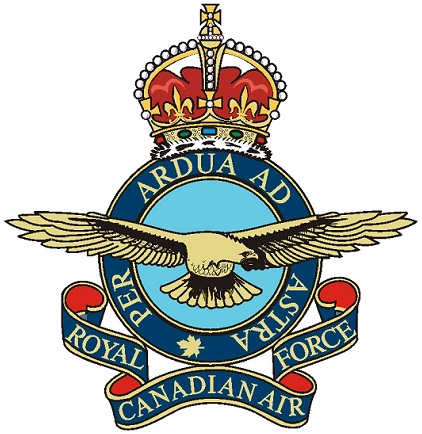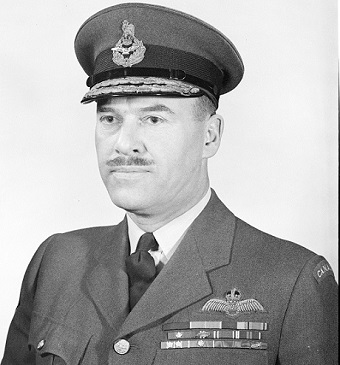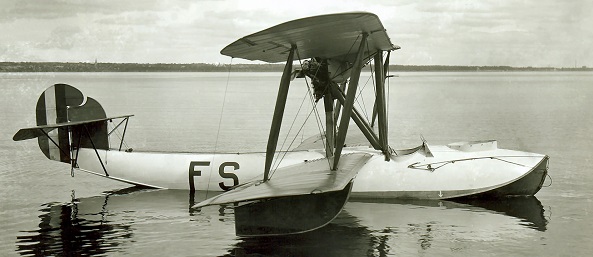The Air Force between the wars (1918-1939) - part 2
FOCUS ON… THE BIRTH OF THE RCAF

RCAF King Crown
On June 28, 1922, the National Defence Act was passed; it incorporated the Department of Naval Services, the Department of Militia and Defence and the Air Board into one ministry. The Act came into effect on January 1, 1923.
On February 12, 1923, His Majesty King George V bestowed the designation Royal” on the Canadian Air Force; the Militia Weekly Order of March 12 made the announcement. However, the name didn’t become official until April 1, 1924, the same date on which King’s Regulations and Orders for the Royal Canadian Air Force (RCAF) came into effect and the RCAF became a permanent component of Canada’s defence force.
The RCAF began with 62 officers of the Permanent Active Air Force (similar to today’s Regular Force) and four of the Non-Permanent Active Air Force, as well as approximately 262 non-commissioned members.
April 1, 1924, has been celebrated ever since as the birthday of the Air Force.
DID YOU KNOW…

A/M Slemon, 1956.
The first RCAF wings parade was held on December 20, 1924, at Camp Borden, Ontario. These first RCAF graduates were also the first pilots to be trained in Canada since the end of the war. Wing Commander Lloyd Breadner, DSC, presented flying badges to Pilot Officers W.C. Weaver, C.R. Slemon, E.J. Durnin and C.M. Anderson. Charles Roy Slemon went on to become Chief of the Air Staff and then the first deputy commander of NORAD in September 1957.
FOCUS ON… BUSH PILOTS

The Vickers Vedette was the RCAF’s main aircraft for mapping and bush flying by the early 1930s.
Following the end of the First World War, military pilots returned home to Canada. They had learned how to pilot aircraft while trench warfare raged below them and now they looked to apply their skills in the civilian world. Aviation was still a relatively new game. Many of these returning pilots used their savings to purchase aircraft and became bush pilots, bringing needed supplies to remote northern communities and moving people across vast stretches of Canada.
There is a profound irony in the tale of the bush pilot. Military aviation produced the bush pilot. Later, bush pilots returned to uniform and in turn helped build the Royal Canadian Air Force.